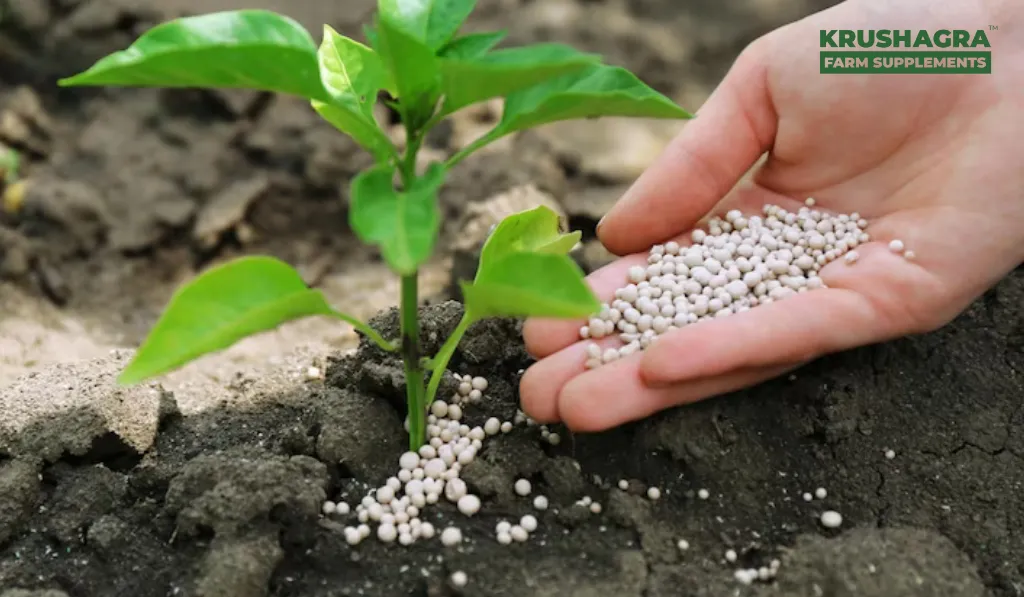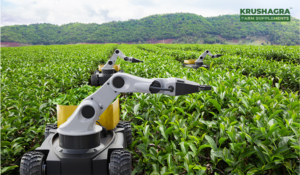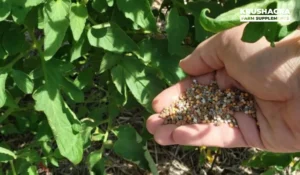Introduction:
In the ever-evolving landscape of agriculture, the quest for sustainable practices has become paramount. As we navigate the challenges of feeding a growing global population, biofertilizers emerge as a beacon of hope for sustainable crop production. Unlike conventional fertilizers that rely on synthetic compounds, biofertilizers harness the power of living organisms to enhance soil fertility. In this comprehensive exploration, we will delve into the diverse methods and applications of biofertilizers, uncovering their role in fostering sustainable agriculture.
The Boon of Biofertilizers:
Biofertilizers are organic inputs that contain living microorganisms, such as bacteria, fungi, and algae. These microorganisms form symbiotic relationships with plants, promoting their growth by facilitating nutrient absorption and providing other essential benefits. The sustainable essence of biofertilizers lies in their ability to work with nature rather than against it.
- Nitrogen-Fixing Bacteria:
Rhizobia, nitrogen-fixing bacteria, establish nodules on leguminous plant roots, converting atmospheric nitrogen for absorption. Free-living nitrogen-fixing bacteria benefit non-leguminous crops, reducing the need for synthetic nitrogen fertilizers.
- Phosphorus-Solubilizing Fungi:
Fungi break down insoluble phosphorus compounds in the soil, enhancing its availability to plants. This mycorrhizal relationship improves nutrient absorption, water uptake, and disease resistance.
- Potassium-Mobilizing Bacteria:
These bacteria solubilize potassium, making it more accessible to plants. Beyond nutrient absorption, they contribute to disease suppression, offering a multifaceted role in sustainable crop production.
- Algae-Based Biofertilizers:
Algae contribute to soil fertility by fixing atmospheric nitrogen and enhancing soil structure. They provide natural plant growth-promoting substances, fostering a healthier and more resilient crop ecosystem.
Methods of Application:
- Seed Inoculation:
One common method of introducing biofertilizers to crops is through seed inoculation. Farmers coat seeds with biofertilizer formulations containing beneficial microorganisms before planting. This ensures that the seeds carry a microbial payload, kickstarting a symbiotic relationship between the microorganisms and the emerging plant roots.
Seed inoculation is particularly effective for nitrogen-fixing bacteria and phosphorus-solubilizing fungi. As the seeds germinate and roots develop, the microorganisms establish themselves, promoting nutrient uptake and overall plant health.
- Soil Application:
Directly applying biofertilizers to the soil is another prevalent method. This approach is versatile, as it can be employed for various types of biofertilizers, including nitrogen-fixing bacteria, phosphorus-solubilizing fungi, potassium-mobilizing bacteria, and algae-based formulations.
Farmers can broadcast biofertilizers across the entire field or target specific areas, depending on the crop’s nutrient requirements. Soil application ensures a uniform distribution of beneficial microorganisms, fostering a balanced and sustainable soil ecosystem.
- Foliar Spray:
For certain crops, foliar spray applications offer an alternative method of biofertilizer delivery. This involves spraying a biofertilizer solution directly onto the leaves of the plants. While this method is not as common as seed inoculation or soil application, it can be effective in delivering nutrients directly to the plant’s foliage.
Foliar spray is particularly useful for crops that exhibit nutrient deficiencies or during critical growth stages when nutrient absorption is crucial. However, the effectiveness of this method depends on factors such as the crop type, biofertilizer formulation, and environmental conditions.
- Drip Irrigation:
Incorporating biofertilizers into drip irrigation systems is a modern and efficient approach. Farmers mix biofertilizers with irrigation water, allowing the microorganisms to reach the root zone directly. This method ensures a consistent and targeted delivery of beneficial microorganisms, promoting nutrient uptake and water efficiency.
Drip irrigation with biofertilizers is advantageous for large-scale agriculture, optimizing resource use and minimizing environmental impact. It aligns with the principles of precision agriculture, where inputs are strategically applied to maximize crop yield while minimizing waste.
Challenges and Considerations:
While biofertilizers offer sustainable solutions for crop production, certain challenges and considerations must be addressed:
- Compatibility with Chemical Fertilizers:
Farmers often integrate biofertilizers with chemical fertilizers to meet the nutritional needs of crops. However, careful consideration is required, as some chemical fertilizers can inhibit the activity of beneficial microorganisms in biofertilizers. Finding the right balance and timing for the application of these inputs is crucial for optimizing crop nutrition.
- Environmental Factors:
The effectiveness of biofertilizers is influenced by environmental factors such as temperature, humidity, and soil conditions. Different strains of microorganisms thrive under specific conditions, and understanding these nuances is essential for successful biofertilizer applications. Additionally, extreme weather events and climate variability can impact the performance of biofertilizers.
- Storage and Shelf Life:
Biofertilizers consist of living microorganisms, and their viability can be affected by storage conditions and shelf life. Proper storage, often requiring refrigeration or specific temperature control, is necessary to maintain the viability of these microorganisms. Farmers need to be mindful of the expiration dates and storage recommendations provided by biofertilizer manufacturers.
- Educational Outreach:
Promoting the adoption of biofertilizers requires educational outreach to farmers. Many traditional agricultural practices revolve around the use of chemical fertilizers, and transitioning to biofertilizers necessitates a shift in mindset. Training programs, workshops, and knowledge-sharing initiatives can play a crucial role in fostering awareness and understanding of the benefits of biofertilizers.
Conclusion:
As we navigate the path toward sustainable agriculture, biofertilizers stand as powerful allies in promoting soil health, enhancing nutrient availability, and reducing environmental impact. The diverse methods of application, including seed inoculation, soil application, foliar spray, and drip irrigation, provide farmers with flexible and effective tools for integrating biofertilizers into their practices.
While challenges exist, the potential benefits of biofertilizers in sustainable crop production are substantial. By harnessing the natural processes of nitrogen fixation, phosphorus solubilization, potassium mobilization, and algae-based nutrient contributions, biofertilizers pave the way for a more resilient and regenerative agricultural future. As we continue to unlock the secrets of the soil and embrace the symbiotic relationships between microorganisms and plants, the journey towards sustainable crop production becomes a collaborative effort between farmers and the living organisms beneath our feet.






